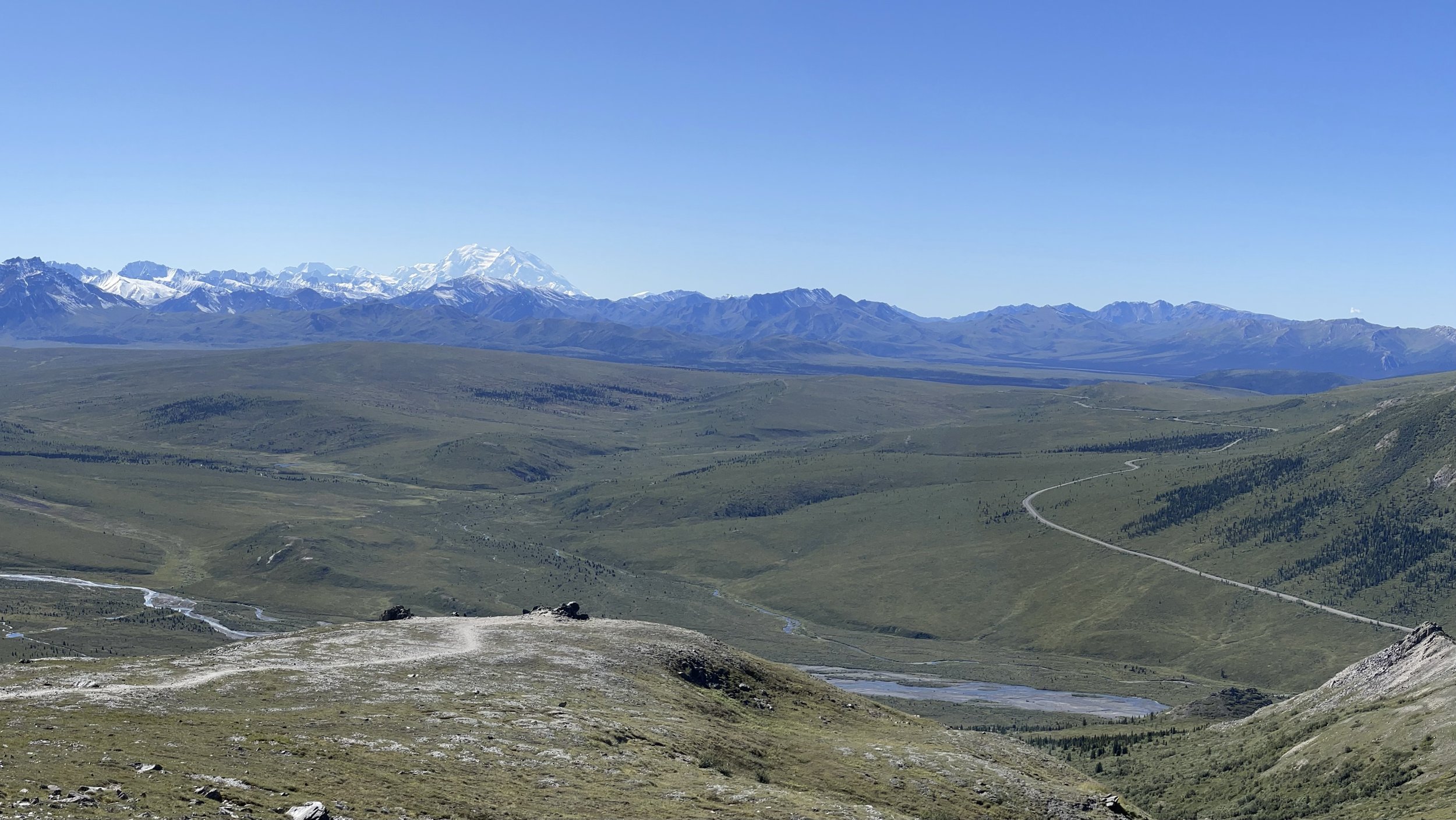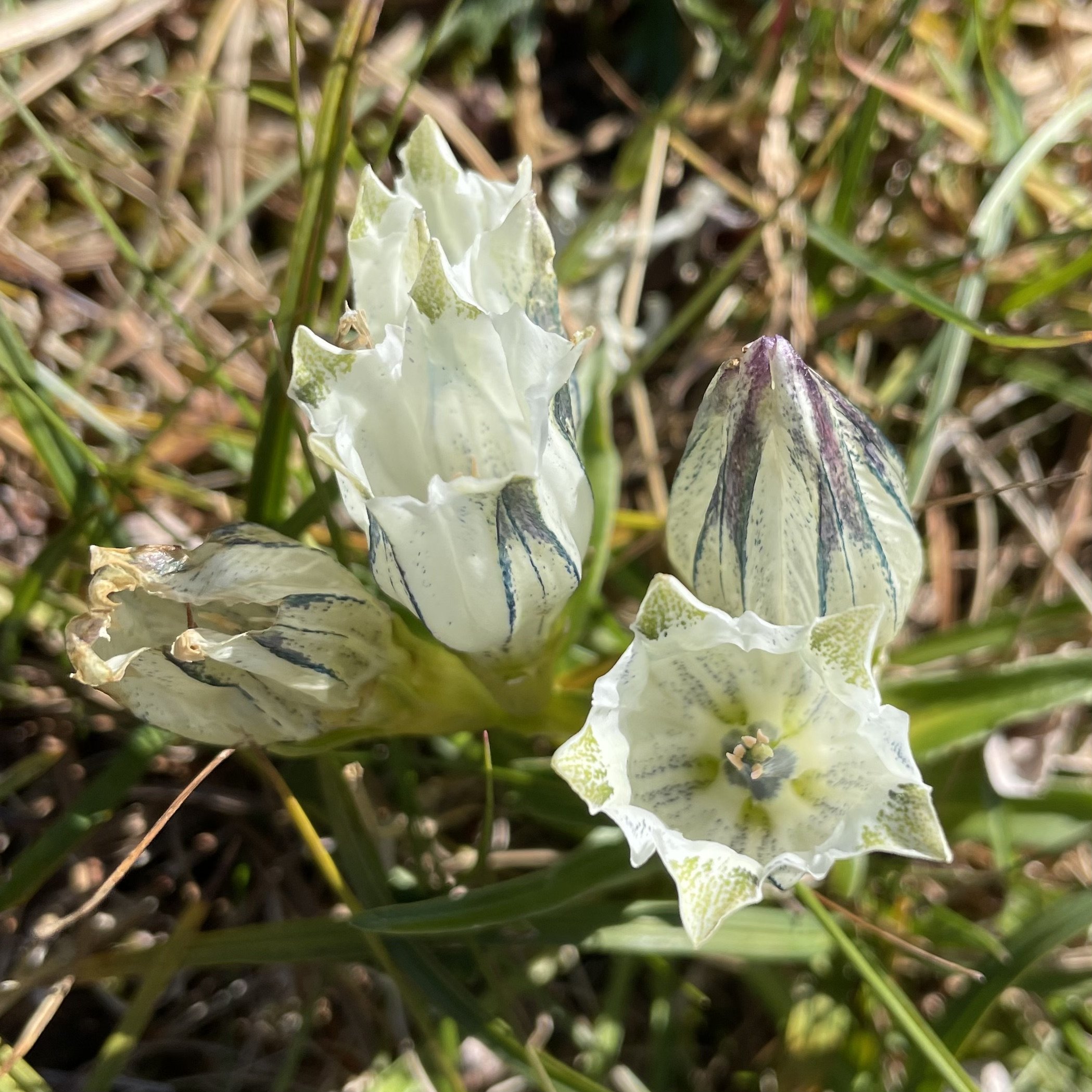The Alaska Canada Highway (Alcan) is, along with Route 66 and the Pacific Coast Highway or Highway 1, one of the great North American road trips. Stretching from Dawson Creek in British Columbia and terminating in Fairbanks Alaska, the highway runs more than 2,200 kilometers through BC, Yukon and Alaska, traversing ice capped mountains, mighty rivers, and seemingly endless wilderness. Every year thousands of travelers make their way along this iconic road on their way to the 49th state.
We, however, did not. Road conditions and the particulars of our direction of travel, led us up the Cassiar Highway which runs north well west of the Alcan. The Cassiar is smaller and in general less well maintained than the Alcan but in June there was a massive bridge washout on the Alcan and though they had a bypass functioning within a few days, traffic was ‘single tracking’ through the affected area. We had already been planning to go up the Cassiar and this sealed the deal.
But knowing that every Alaska overland voyage requires driving every inch of the Alcan, as we began the long journey back from Fairbanks, we set out to reverse drive the highway from Mile 1422 to Mile 0.
Perhaps one reason that the road is so iconic is that it “feels” like Alaska most of the way. The most noticeable change in the topography when crossing the border into Canada is that the speed signs switch to kilometers per hour (ah, I feel so at home here!). Otherwise, there is little change. The road passes through mountains, meadows of wildflowers, and every few hundred kilometers a tiny village with a motel, a gas station, maybe a small grocery store, and if one is lucky, a campground. Miss an opportunity to get fuel and you may be taking an unplanned 200 km hike.
The attentive will be rewarded with wildlife sightings. We saw a lone wolf, which appeared to be chasing down some prey. Many birds, waterfowl, and an elk or two were in evidence. Bear and moose made their appearances.
The Alcan was built in a rush. Started in March of 1942 in the midst of World War II, the first draft of the road was finished just 6 months later and as you might expect, it was a hot mess. The impetus for the road was driven by a U.S. fear of a Japanese invasion of Alaska. The road was needed to get troops and military equipment in place to defend what was, at the time, a U.S. territory. The road had been discussed previously but the Canadian government, fearing US domination, had put the kibosh on it. The threats posed by the war to Canada as well at the United States softened the Canadian opposition considerably.
Construction never ended. The ice and the shifting permafrost wreak havoc with the tarmac every winter and driving south we found a road surface that alternates between beautiful, smooth, freshly laid asphalt and roadway that is crumbling and full of potholes. In other places the thoroughfare is only gravel for many miles, or one is following ‘pilot vehicles’ through construction zones at speeds of around 40 km/hour. One must stay well back behind the car in front of you if one is to avoid a cracked and pockmarked windshield. I learned this the hard way with a nice dime-sized chip in the glass to show for it. Every summer the Canadian government rushes to repair and repave the road only to have winter weather wreck it again. I am trying to imagine Sisyphus happy but I am glad this task is not mine.
It took about a week to arrive at Mile 0 in Dawson Creek. The last miles are a rude return to civilization with lots of industry and even strip shopping centers and fast food restaurants. But the town of Dawson Creek itself has an incredible Pioneer Village with many relocated buildings and furnishings from the early 20th Century, giving one a feel for what life on the frontier might have been like.
After exploring the village, we stopped long enough to take the obligatory photos at the Mile Zero marker before turning toward the vast prairies of Alberta. All remaining vestiges of the North Country vanished instantly as the land became endless vistas of long brown grasses, rolling hills of summer-bleached yellow grains, and massive rolls of hay waiting in the fields. The temperature quickly rose to 30 C and the sky was hazy though cloudless. Soon we were in the city of Grand Prairie complete with a Costco, a McDonalds, and probably a Starbucks though I didn’t see one.
Though am sure Grand Prairie has much to offer those willing to plumb her depths, we didn’t linger. We stopped long enough to fill the tank ($1.49 CAN/ liter, the cheapest gas in Canada to date on this trip!), grab a bag of ice, and get back on the road. We hoped to escape the plains and be back in the Canadian Rocky Mountain National Park before the weekend.
With our completion of the Alcan, it feels that an important part of our trip has ended. After all, Alaska was the primary destination and now it is more than a thousand miles behind us. At the same time, we are still a long way from home and likely have 3-4 more weeks of adventures ahead. Up next - a deeper dive into the Rocky Mountains of Canada and then down into Montana and Wyoming to check out parts of those states we have not seen. Glacier National Park? Yellowstone? Maybe. We don’t plan that far ahead but no doubt there are wonders waiting around the next bend.
A friend of mine used to say after a satisfying meal, “The thing about an appetite is that there is always another one right behind it.” So too, at every road’s terminus, another track begins. At ‘Mile 0’ there is a roundabout with four exits headed in different directions. Even roads that lead to the sea always seem to terminate at a dock. On a round earth, you never have to backtrack.
Roads end. Journeys never do.











